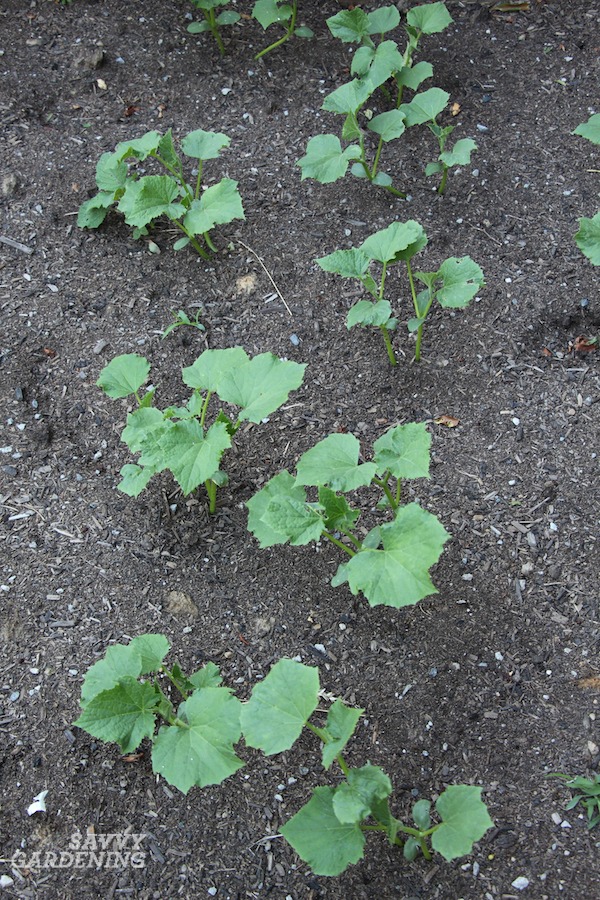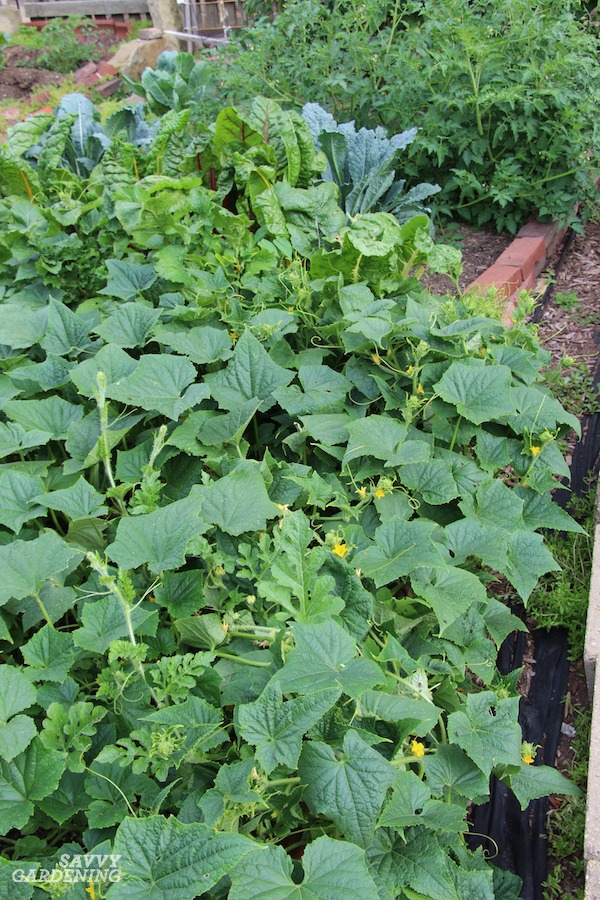Your cucumber leaves may turn brown for a variety of reasons. Is this a cucumber plant growing outdoors, in a pot, or in a greenhouse?
Follow the steps in the next section to fix typical leaf issues with your cucumber plant after going through the initial checklist below.
Table of Contents
What causes brown leaves in cucumber plants?
The leaves of your cucumber plants may become brown for a number of causes, including the ones listed below. Please read the potential causes to stop this from happening again.
1. Watering or overwatering usually
As thirsty as cucumber plants are, they require significantly more water throughout the heat. Always keep in mind how crucial consistency is when watering. In a greenhouse or on a balcony pot, this is really simple.
Two daily dosages of automatic watering can be set up for early morning and late evening. When it’s extremely hot outside, inspect the plant.
When your cucumber plant is in fruit, top it off with fertilizer once a week if it is also wilting in addition to having brown leaves.
Continue reading to find out how to handle an overwatered cucumber.
2. Check sunlight and heat
All cucumber plants, whether grown indoors or outdoors, require at least 5 hours of sunshine every day (more is preferable), as well as a temperature of at least 70°F (21°C).
However, if leaves are brown indoors, it could be from sunburn. If so, you might need to shade your greenhouse during the hottest part of the day (with a blind, cloth, or piece of cardboard).
A hardware store may also sell specialized greenhouse paint.
3. Rich soil is essential
Poor soil conditions may result in brown leaves. Cucumber plants are therefore particularly susceptible to illnesses if the soil is deficient in nutrients or if it has not been sterilized. These illnesses can result in stem rot, brown and discolored leaves, and leaves that are mottled.
Unsterilized soil is a potential site for the sickness. As a result, ensure that your soil is good to begin with. Below are some disease signs and solutions.
4. The weather
Your cucumber plant needs a lot of care since it is either too damp, too sunny, or too chilly.
Plants should not be planted outside until it is no longer frosty; also, make sure the plants are not exposed to nighttime winds or cold gusts. If your cucumber plant’s leaves are brown, it may be because it’s too chilly or exposed to a draft.
Lock the door to the greenhouse!
5. Disease
In addition to the leaves, examine the remainder of the plant. Is the stem brown as well? Is the plant wilting and falling over as a whole? Stem rot may be the cause of this; see overwatering in the FAQs.
Continue reading to detect this issue and other disease-related issues with leaves.
- Anthracnose, also referred to as leaf spot, is a disease that discolors leaves by adding brown spots and yellow edges before the entire leaf goes brown.
- Cucumber Blotch: The stems remain untouched, and the leaves quickly turn dark with brown patches.
- Mildew: The stems and leaves both appear to be covered with a fine, powdery white dust.
- Cucumber mosaic virus: Sometimes yellow or sandy brown staining is visible on the leaf surface. In extreme circumstances, the entire plant collapses as the leaf warps and wilts.
- Verticillium wilt manifests as first fading leaves that eventually become brown.
How can I fix these problems?
Improve greenhouse ventilation and remove and burn any sick leaves outside to prevent anthracnose.
You can prevent cucumber blotch by only planting in soil that has been sterilized. Cut and burn any leaves that have spots on them. Blotch can be avoided by using sulfur once a week.
There is no remedy for the cucumber mosaic virus. Take action right away to prevent it because greenflies are to blame. If this doesn’t work, try permethrin or soapy dishwater. Remove the plant, then completely obliterate it.
In cold, rainy weather, young plants are susceptible to verticillium wilt. Maintain a warm, moist environment, cover plants with cloches if necessary, and grow cucumbers on soil that has been disinfected.
You have a red spider mite if you have a browning leaf with webs. This is a typical issue with greenhouses. Spraying the leaves and webs with a solution of dish detergent and water along with keeping the greenhouse damp are also necessary.
Then use a towel to remove the insects from the afflicted leaves. Cut and destroy these leaves since they might not regenerate. To prevent a recurrence, keep an eye out for webs and deal with them right away.
Your outdoors cucumber in the soil:
If your plant is in soil outside, the weather is the main cause of dark leaves. Whole young plants may turn brown, wilt, and die if there is poor drainage. These kinds of circumstances can also lead to root and stem rot.
Grey mold (Botrytis), which can emerge on developing fruit, can develop if there is a damp spell of weather. Pick the leaves and fruit that are harmed and destroy them to prevent this.
To prevent the disease from spreading, if at all feasible, gently wipe the remaining leaves while rinsing the sponge after each use. Do some sun dances because this is a wet weather illness and this plant most definitely doesn’t need any more rain!
Your outdoors cucumber in a pot:

Should I remove dead leaves from the cucumber plant?
Of course, but avoid composting unhealthy leaves to prevent the spread of infection. It should be mentioned that aged cucumber plants may just have brown leaves due to aging!
Simply remove the leaves and add them to the compost as usual if there are no evident diseases.
FAQs
What do overwatered cucumbers look like?
Yellow leaves typically indicate this. Let the plant first slightly dry out. Check the roots to see if they are wet; if they are, you may need to re-pot because drainage is very crucial.
This plant might be saved by using sterilized, clean compost. Continue to water consistently going forward; see point 1 above.
Do I need to remove flowers from a cucumber?
You should remove the male flower if your plant has both male and female blossoms. Because the blossoms are so distinctive, you will be able to identify this.
While the female flower has an ovary already present beneath its little fruit, the male flower has a long, creamy-white pollen tube in the middle of the flower. And you should keep this blossom! If the male flower is not removed, the cucumber frequently tastes extremely bitter.
Why do my cucumbers taste bitter?
The necessity to remove male flowers is the primary source of bitterness.
See the final advice below on how to identify male flowers. If you don’t, your cucumber can taste bitter and have an odd shape.
Try to maintain a regular pattern to avoid the second reason, overwatering.
Final tips

To prevent producing bitter fruit, plants must have their male flowers removed. Male flowers do not have fruit developing behind them, whereas female blooms do. So discard the males, then savor your cucumbers.
